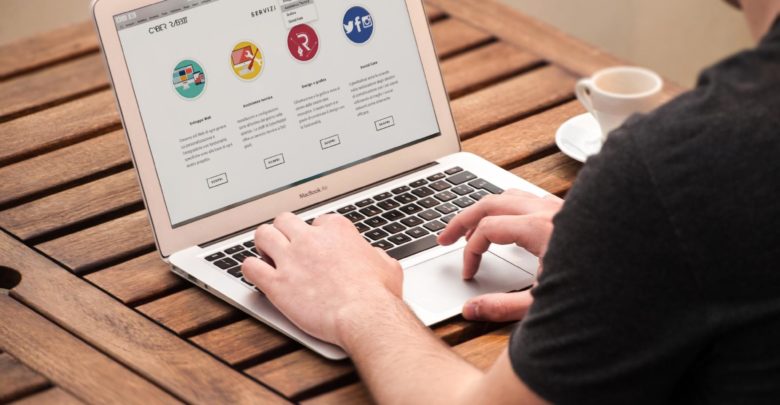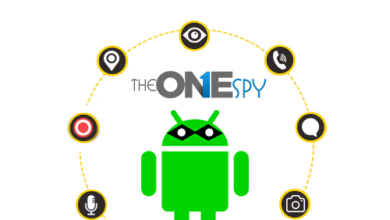5 Website Design Activities that will blow your competitors head off

Did you know that you have just a few seconds to grab the attention of the users?
If you are not able to engage the user in the first few seconds, they will close your website and move to your competition.
A successful website consists of a workflow that can help users buy the product fast. Time is money, and if users have to overthink on your website, it means that there is something seriously wrong with the site.
Mostly, the problem lies in the design of the website. If you improve the overall design of the website, you have help users stick on the website and do business with you.
Although every designer has its designing process, however, there is no harm in following a successful website design process that has been generating leads like hell. If you are a new website designer, this is your chance to learn how a professional New York web design agency works under the hood to develop a successful website design.
Moreover, if you are an experienced website designer, we would love to hear your designing process.
“Productivity is never an accident. It is always the result of a commitment to excellence, intelligent planning, and focused effort.” ~ Paul J. Meyer
1) Understanding the client’s requirement
The more you know what the client wants, the better it will be for you to plan things out. The more you know about the client’s condition, the less you need to waste your time in back-and-forth emails.
The way possible way is to sit with the client. Record his requirements and list them down in a to-do list.
If the client is presenting some idea, listen to them. Most of the times client won’t even know what they want, but if you ask smart questions, they will tell you what they are looking for.
Even if you understood everything, you must reassure clients right in brief. The best way you can do is by overcoming the communication gap. To know what the client is looking for, you can go by creating a questionnaire around which your client tell you precisely what they want.
What is the purpose of your website? Who are your competitors? What is the amount of traffic that you expect to get? Moreover, what is the result that you’re willing to get?
Finalize the budget, scope of the project, and make sure you sign an agreement.
2) Research and sketch some ideas
The hardest step always comes in the middle. Don’t just jump on your keyboard yet. There is much research which you need to do before you launch your Photoshop.
If you’re a designer, you can start by sketching things in a notebook. If you don’t have anything to note down, go to your nearest library and start scribbling all those great thoughts in a blank sheet of paper. It is essential to write things with a pen so that your brain get some time to process items.
You can even create a bookmark folder and put everything in that folder. Start gathering everything that you can get on your competitor and create a link between the needs of your client and the design that you produce. The colors, the animation, and every brand element must reflect the true essence of the client.
3) Wireframes
Now let’s get to the blueprint of your website. The wireframes are the visual structure that gives life to your soulless ideas. Some of the famous designers have a nag to include the design elements in their wireframes. I’m afraid that’s not right. The purpose of a wireframe is to state the direction of the design. Not how everything will look. Wireframes can easily be created in grayscale.
The best approach in creating wireframes is to start with a pen and a paper. List down all the elements that you want in a web page. Next, arrange all those elements on the page.
You cannot start designing a website without knowing where every element must be placed. You can include the client in this meeting and ask for their opinion.
Next comes the sitemap. This is something which will help Google know the hierarchy of your website. By laying down sitemap, it will be easy for Google to index your pages without falling into anything complex.
If the website is not interactive, what is the point of designing the website in the first place? Ask yourself this question. Which of the elements in your website are engaging users? Which of the items is driving them away? It is vital to know the intentions of users and why they are doing what they are doing.
- Style Guides
A style guide is nothing more than a combination of colors, interface, and fonts. The right use of these elements can leave a lasting impact on users. You can discuss with the client which type of logo they want, or you can come up with some samples and ask them which logo they feel best suits their brand.
Once the logo is finalized, you must design everything by that logo. The colors, the fonts, and even the symbol used in the logo must reflect on your website.
The style guides will create a mood, a feeling, and the tone of your website. You will know what each color represent and based upon that; you can use those elements throughout every design element that you create.
The important thing is to maintain consistency in all your elements. Set rules which must be followed for the design. The process needs to be flexible, consistent, and accessible.
Once you have designed your style guide, it will be easy for you to show the client that you’ve understood and applied everything that the client wants in their design. Now, you can mold the style guide as per the requirement of the client.
5) Prototype
The last step is the prototype. The floor plans (wireframe) is done. The paint (style guide) is done. Now you can quickly proceed to the last step, which is prototyping. Here you will be building the actual website.
Some of the designers might design the prototype in Photoshop others prefer to skip Photoshop and work directly on other tools.
Begin with the prototype. Implement the layout, the user experience, and the ease-of-use.
Next, comes the testing part. Here it would be best if you met the client’s expectation. You can shape your prototype as per the need of the customer.
The final stage is to fine-tune your design. This is basically where you will have much back-and-forth with the client. The final layout where you will either impress or your client or make him angry.
However, if you have followed all the above steps, there is an excellent chance that the client will love the design, read Vkonnect to get more information about prototype.
Finishing up
Now, you have a clear idea of how to create a successful website step-by-step. By following the above workflow, you will be able to create a website in a clear timeline. Because you have everything in front of you, it means that you know how much time it will take to design and implement each step along the way.
If you do everything step-by-step, it will be easy for you to make the necessary changes along the way. That is why it’s essential to take rest before every step and match the design with the requirement of the client. The best approach is to ask the client if you are going as per the plan.
The iteration part becomes easy if the client knows exactly what they want, which is why it was essential to ask all the questions right in the start and keep the client engaged in the whole process. When the client knows the progress, he will not only be happy, and he will give you the benefit of doubt in some things.




